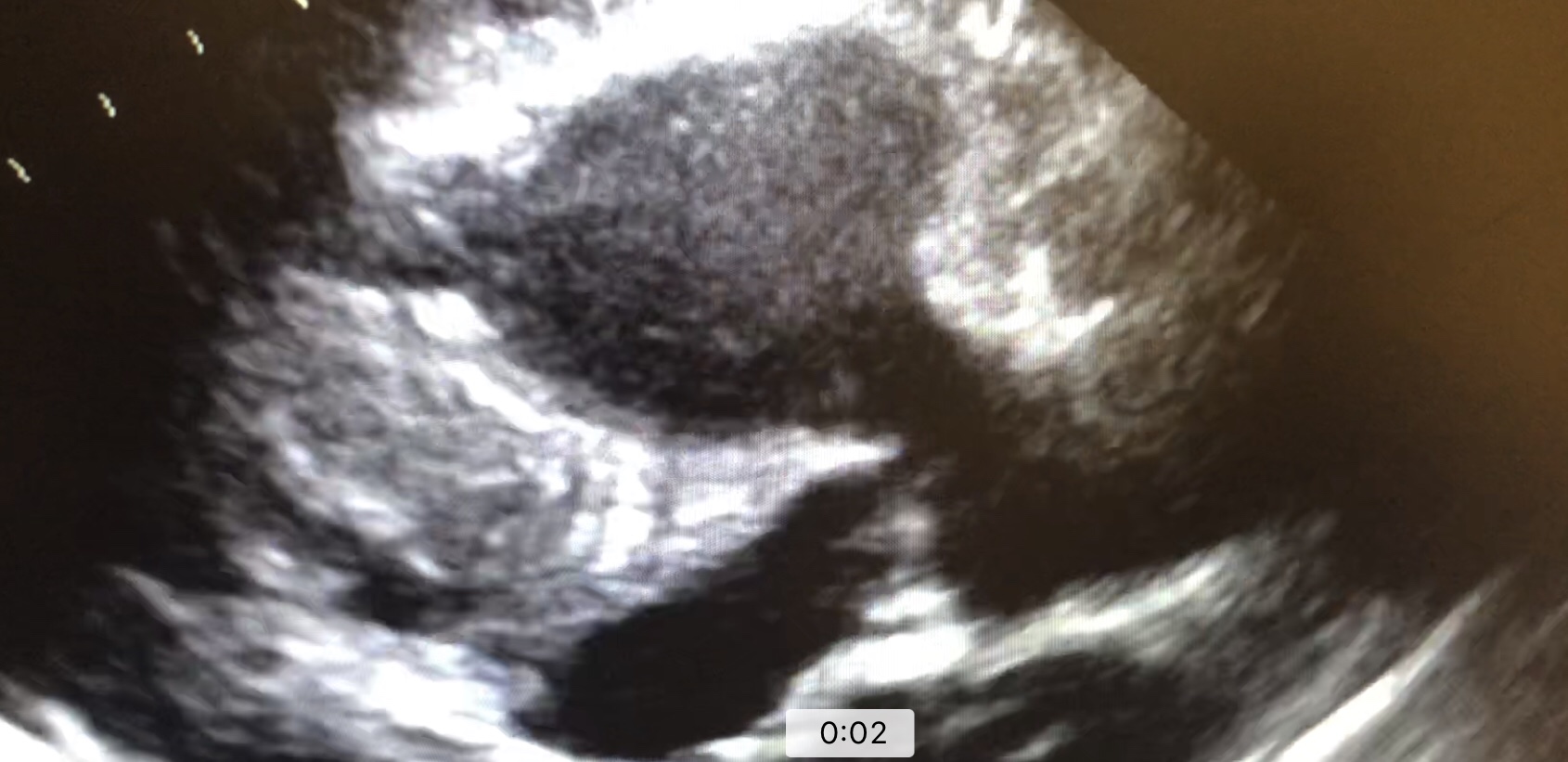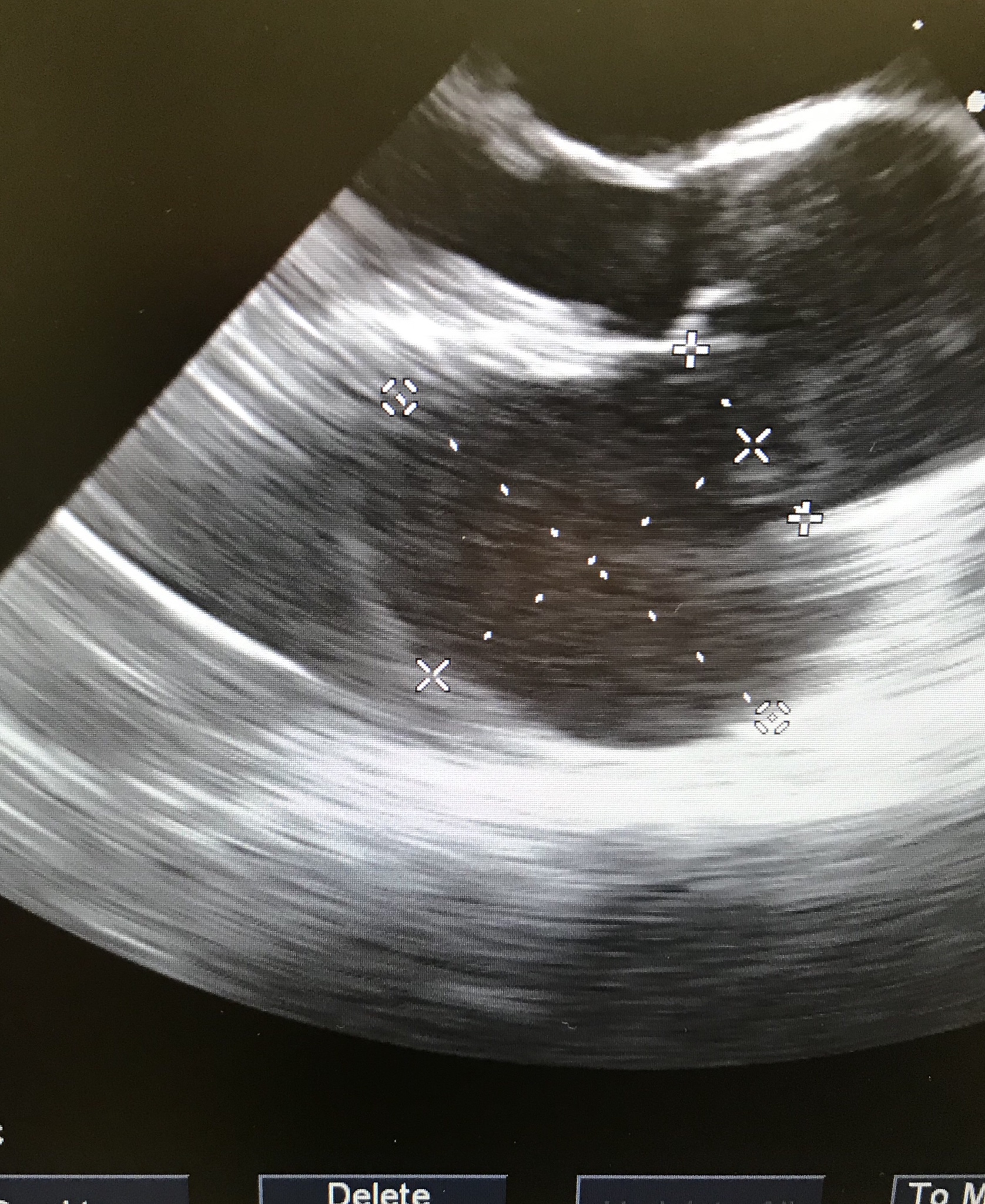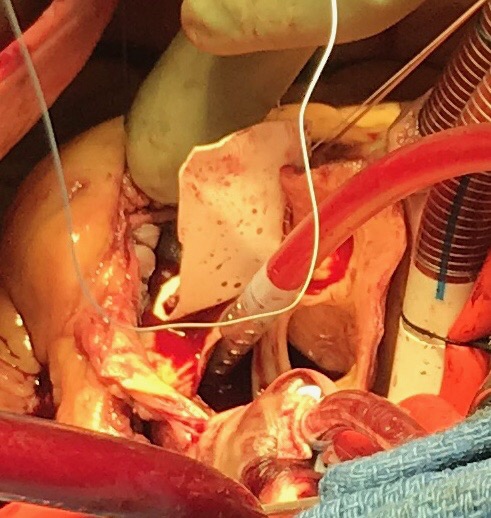- Joined
- Oct 7, 2018
- Messages
- 5
- Reaction score
- 2
Hi, I'm a CA-2 resident trying to decide what to do with the rest of my life. I enjoy cardiac and would like to do the fellowship, but I would also like to practice regional as part of my career. Is that something that is actually possible in the real world? (private practice-- I'm assuming in academics I would be pigeonholed into hearts only..) Or are people pigeonholed into their fellowship sub-specialty no matter what?
Unrelated - is it true that cardiac anesthesia is less in-demand because procedures are increasingly interventional as opposed to open, and the incidence of cardiac disease is going down because of better primary care? Is regional the new hot thing that everyone wants? I know I'm just supposed to do whatever I really really want to do and fellowship costs a year of attending salary etc etc.. just trying to get a feel for what the zeitgeist is.
Unrelated - is it true that cardiac anesthesia is less in-demand because procedures are increasingly interventional as opposed to open, and the incidence of cardiac disease is going down because of better primary care? Is regional the new hot thing that everyone wants? I know I'm just supposed to do whatever I really really want to do and fellowship costs a year of attending salary etc etc.. just trying to get a feel for what the zeitgeist is.



